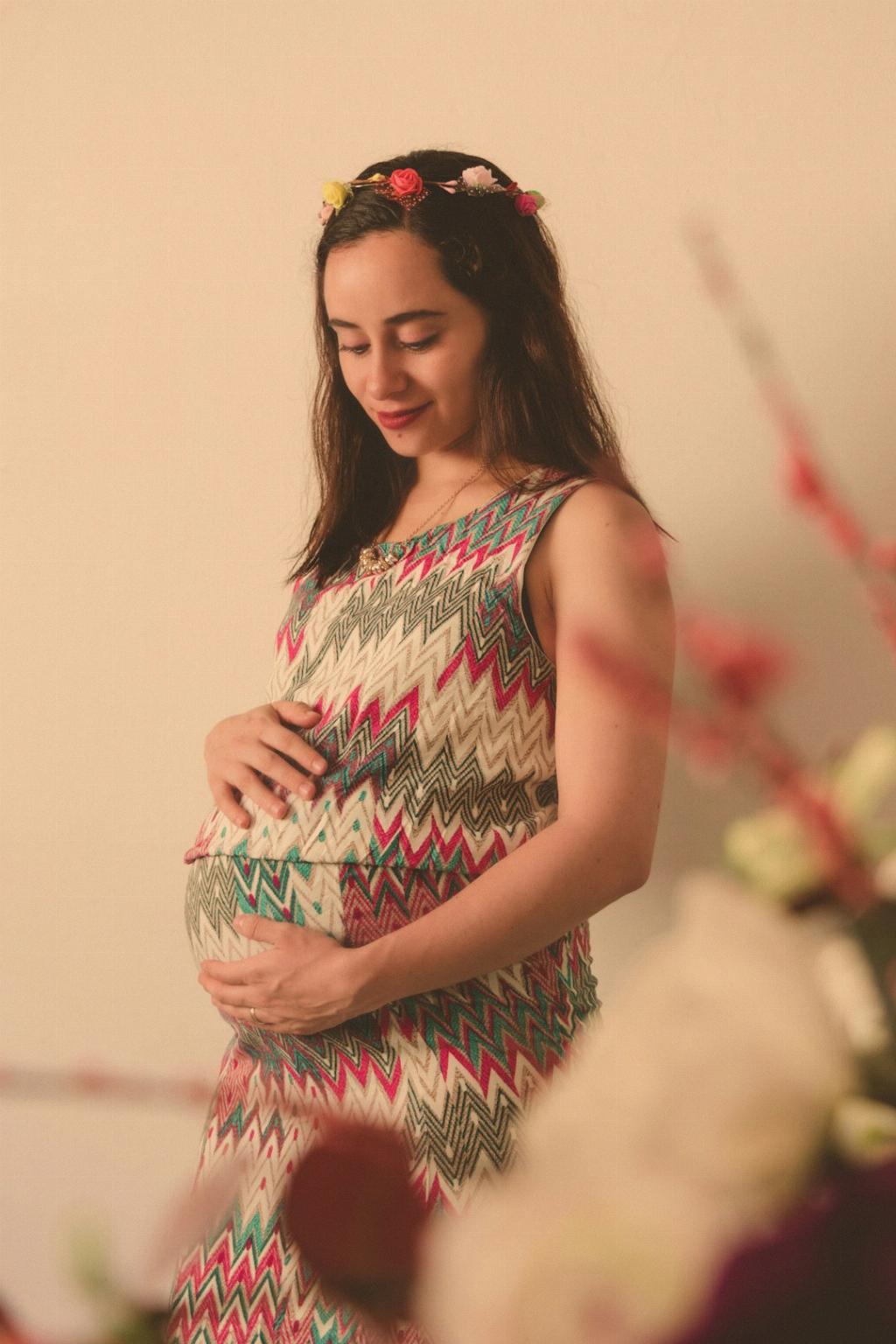When it comes to distinguishing between pregnancy and period symptoms, it can sometimes be a challenging task. Given the overlap of various signs, such as mood swings, fatigue, and breast tenderness, it’s understandable why confusion may arise. However, by delving deeper into the distinct indicators of each, we can shed light on how to differentiate between the two.
Common Symptoms Shared by Both Pregnancy and PMS
It’s crucial to acknowledge that several symptoms can manifest during both pregnancy and premenstrual syndrome (PMS). These may include mood changes, constipation, cramping, headaches, and changes in appetite. It’s this overlapping nature that often compounds the difficulty in determining the cause behind these bodily changes.
Key Indicators of Pregnancy
While symptoms like mood swings and fatigue can occur in both scenarios, there are specific signs that lean more towards indicating pregnancy. Nausea, commonly known as morning sickness, nipple changes, such as increased sensitivity, and missing a period are crucial markers that suggest a potential pregnancy.
Unveiling the Clues of PMS
Despite the shared symptoms between pregnancy and PMS, there are certain indicators that strongly point towards premenstrual syndrome. These include breast pain and tenderness, cramping, bloating, and slight bleeding. Recognizing these signs can help in distinguishing between menstruation and pregnancy.
Tracking Menstrual Patterns
Understanding your menstrual cycle and tracking the patterns of your period can provide valuable insights into whether the symptoms experienced align more with PMS or pregnancy. An irregular menstrual cycle or missed period are often primary indicators that prompt further assessment for pregnancy.
Monitoring Hormonal Changes
Hormonal fluctuations play a significant role in both pregnancy and menstrual cycles. While progesterone levels rise during pregnancy, leading to symptoms like breast changes, estrogen fluctuations during PMS can result in mood swings and bloating. Observing these hormonal changes can aid in deciphering the underlying cause.
Consulting a Healthcare Professional
If uncertainty still lingers regarding whether the symptoms point towards pregnancy or period, seeking guidance from a healthcare provider can offer clarity. Medical professionals can conduct tests, such as urine tests or blood tests, to confirm or rule out pregnancy, providing a definitive answer.
Embracing Mindful Self-Care
During this period of uncertainty, practicing self-care and mindfulness can significantly alleviate stress and anxiety. Engaging in activities that promote relaxation, such as meditation, yoga, or hobbies, can help in managing the emotional toll that comes with the ambiguity of pregnancy or PMS symptoms.
Supporting Mental Wellbeing
It’s essential to prioritize mental wellbeing amidst the whirlwind of emotions that may accompany the uncertainty of whether it’s pregnancy or period-related symptoms. Seeking support from loved ones, friends, or joining online communities can provide a sense of reassurance and camaraderie during this sensitive time.
Embracing the Journey of Discovery
Ultimately, discerning between pregnancy and period symptoms is a journey of self-discovery and heightened self-awareness. By paying close attention to the nuances of your body, embracing the unknown with curiosity rather than fear, and seeking support when needed, you can navigate this transitional phase with resilience and empowerment.
Final Thoughts
As you navigate the realm of pregnancy and period uncertainties, remember that each individual’s experience is unique. By listening to your body, consulting healthcare professionals when necessary, and prioritizing self-care, you can embark on this journey with newfound knowledge and an empowered sense of agency over your well-being.

